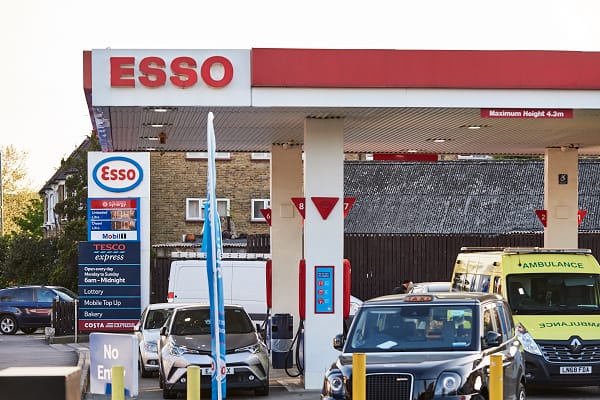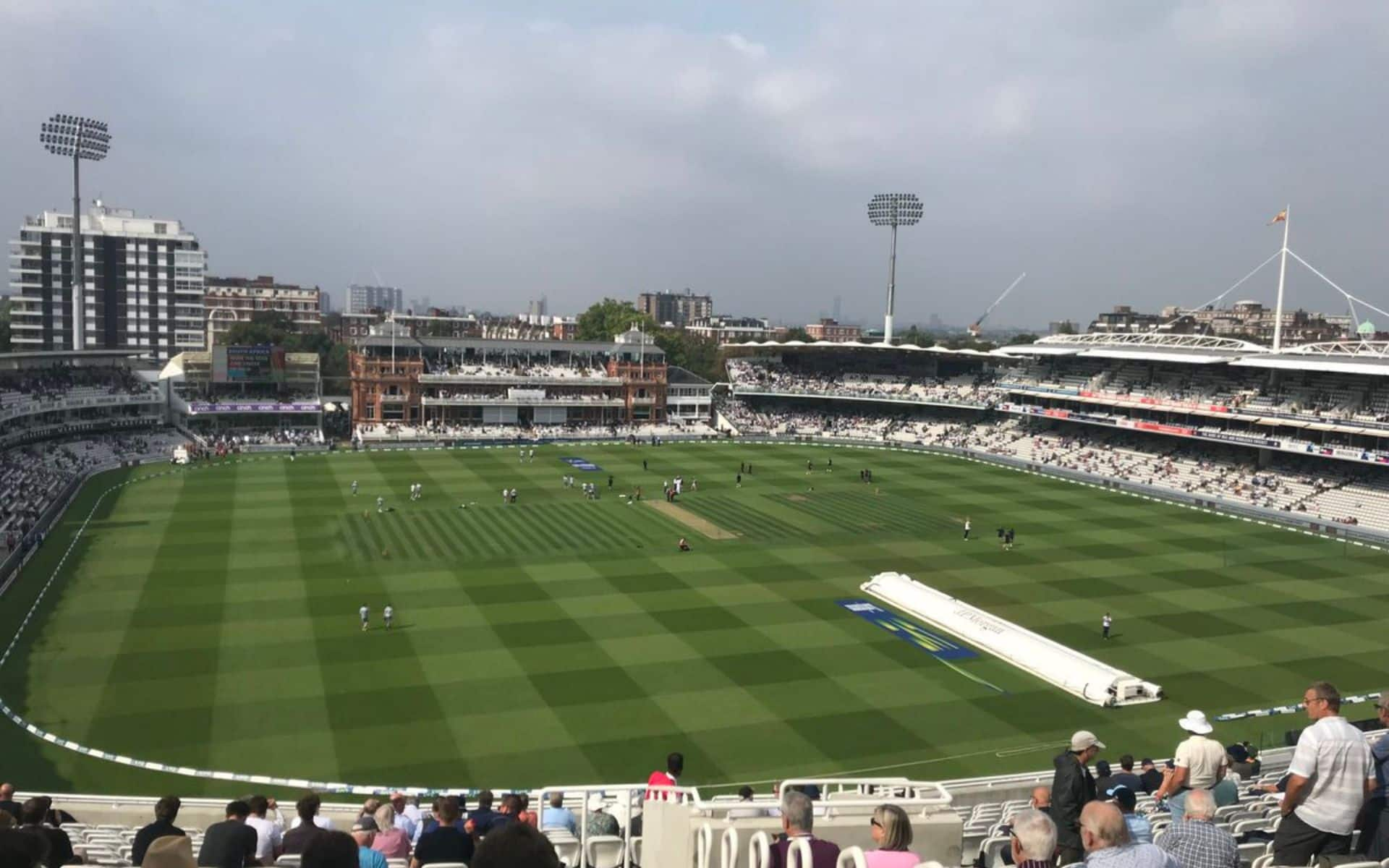Horse Racing
Stirling prize 2024: a two-horse race?

The longlist for this year’s Stirling prize consists of two very big projects – achievements of generational significance whose impact will endure for lifetimes – and, as in other years, a more variegated array of hard-to-compare designs, large and small, public and domestic. The big ones are the master plan for the 23-year, 67-acre redevelopment of King’s Cross in London, and the central London stations of the Elizabeth line. It’s a question whether anyone else will get a look-in for an award given to the project “considered to have made the most significant contribution to the evolution of UK architecture”.
As always, the longlist consists of winners of regional awards from all over the UK. Projects have to have been in use for at least one year, so that they can be tested a little by time. There are a total of 111 from England, Wales and Northern Ireland, which have been revealed in stages over the past few weeks. In Scotland, which follows a slightly different timetable, there are for now 17 in contention. A shortlist will be announced in September, the winner of the prize in October. There are new gems, and careful restorations of historic buildings, and well-crafted, well-funded trophies for Russell Group universities. There are a few duds, which make you wonder how they got this far, but mostly the successful entries are heartening reminders of the skill and invention of at least some British architects.
Some are manifestations of what could be called latter-day Arts and Crafts, which create pleasure through the sensual qualities of their materials, achieved with the help of sophisticated manufacturers and engineers. The Maggie’s centre in Southampton, by Amanda Levete Architects, is one of these, with its reflections of greenery on to shimmering ceramic surfaces and rippled stainless steel. Another is the restoration and extension of Auckland Castle in County Durham, where Níall McLaughlin has designed the all-stone Faith Museum, deadpan but beautiful, and a timber observation tower of almost gothic angularity.
Feilden Fowles’s dining hall for Homerton College, Cambridge, is also big on ceramics, its design playing a game of heft and lightness between the skinny timber frame of its interior and the substantial-looking deep green faience on the outside. Along with the Southampton and Auckland projects, it is simply a very good manifestation of the art of architecture. These works are not going to solve all the world’s problems, but they add to the enjoyment of life.
Of more everyday value are several reassuringly sensible housing schemes on the longlist, none of which are likely to win the top prize but deserve recognition. They are typically bricky and restrained, and prove the point that high-density development can make decent cities, by forming civilised open spaces between the apartment blocks. Fish Island Village in Tower Hamlets in east London, by Haworth Tompkins, is a meaty example of the genre. Al-Jawad Pike’s two-storey Chowdhury Walk, in neighbouring Hackney, is a more intimate example of the same thinking.
All the above, however, are new buildings, at a time when it is widely held that it’s better to upgrade old structures than construct new ones. The greenest building, as the saying goes, is the one that already exists, in which case Wilkinson Eyre’s proficient opening up of Battersea power station may be considered, even though it’s hard to love the soulless shopping mall that is the end result. There’s also the latest phase of the renovation of the brutalist Park Hill estate in Sheffield – the first phase of which was shortlisted for the prize in 2013 – by the 2019 Stirling prize winners Mikhail Riches. Their work makes the old concrete metaphorically and literally warmer, with muted colours and improved insulation. It is only let down by the unfortunate fact that the project converts what was social housing entirely into private homes for sale. Past and future phases of the Park Hill regeneration, by Mikhail Riches and others, provide some affordable flats among the market-price housing.
Wraxall Yard in Dorset, by Clementine Blakemore Architects, makes a former dairy into inclusive and accessible holiday accommodation – with wet rooms and grab rails and level thresholds for wheelchair users – arranged around a charmingly planted courtyard. The adjustments to the old buildings, in brick and stone and timber, are of the subtle kind, where you barely realise that they are there.
Also in the category of keeping the old are Eric Parry’s luminous transformation of St John’s church in Waterloo, south London; Scott Whitby’s rescue of the wonderful Jubilee Pool lido in Penzance; and Jamie Fobert’s thoughtful reworking of the National Portrait Gallery. Peter Womersley’s utterly brilliant 1963 spectators stand for Gala Fairydean Rovers in Galashiels, a poised masterpiece of prismatic concrete, has been given an understated restoration by the Edinburgh architects Reiach and Hall, which is under consideration. These works are done in the name of heritage as much as the environment, but they still make the point that good architecture doesn’t have to start from zero.
With the Black & White Building, an office development in Shoreditch, east London, it was deemed unviable to retain an existing structure on the site, but the architects Waugh Thistleton and its developers, the Office Group, then set about making the new construction as sustainable as they could. It is made mostly of wood – both the super-powered plywood known as cross-laminated timber and an exterior screen of tulipwood louvers – a choice that is said to have saved thousands of tonnes in CO2. With floors, furniture and interior walls also made of former trees, the approach creates a calm and life-enhancing working environment, a world away from the processed and artificial materials of which the average office is made. As the most substantial project of its type in Britain, the Black & White Building is a strong contender for the Stirling prize shortlist.
In general, the regional awards show the best of current British architecture – less dramatic than when giants such as Zaha Hadid and Richard Rogers stalked the land, but serious, respectful, dedicated, sometimes delightful, concerned about social and environmental issues. And then there are the two big beasts of the Elizabeth line and King’s Cross, which are at a different scale from everything else.
The King’s Cross master plan, by Allies and Morrison and Demetri Porphyrios, being the patient and humane remaking of a large area of the capital city, with successful and popular open spaces formed between well-made architecture and retained historic structures, would be a worthy winner. So would the hi-tech caverns of the Elizabeth line. The underground sections of its 10 new stations, built to a consistent set of “line-wide” designs and finishes by a team led by the architects Grimshaw, have been submitted as a collective entry. The project’s street-level buildings are individually designed for each location, of which examples in Paddington and Abbey Wood have made the longlist, but it is the former that are most impressive. Their intersecting vaults have something of the grandeur – albeit not the pomp – of Moscow’s fabled metro but also the enlightened functionalism of London Transport’s stations from the 1930s.
It would send out a powerful message if the RIBA made a shortlist only of projects that keep old buildings, but it would be perverse to exclude the Elizabeth line or the environmentally ambitious Black & White Building. It would also be wrong to exclude that architectural joy of a work such as Cambridge’s Homerton dining hall. A good shortlist would therefore include the Elizabeth line, King’s Cross, Auckland Castle, the Black & White Building, Homerton and, in a shoutout to a work by a promising younger practice, Wraxall Yard. My winner would be the Elizabeth Line.









